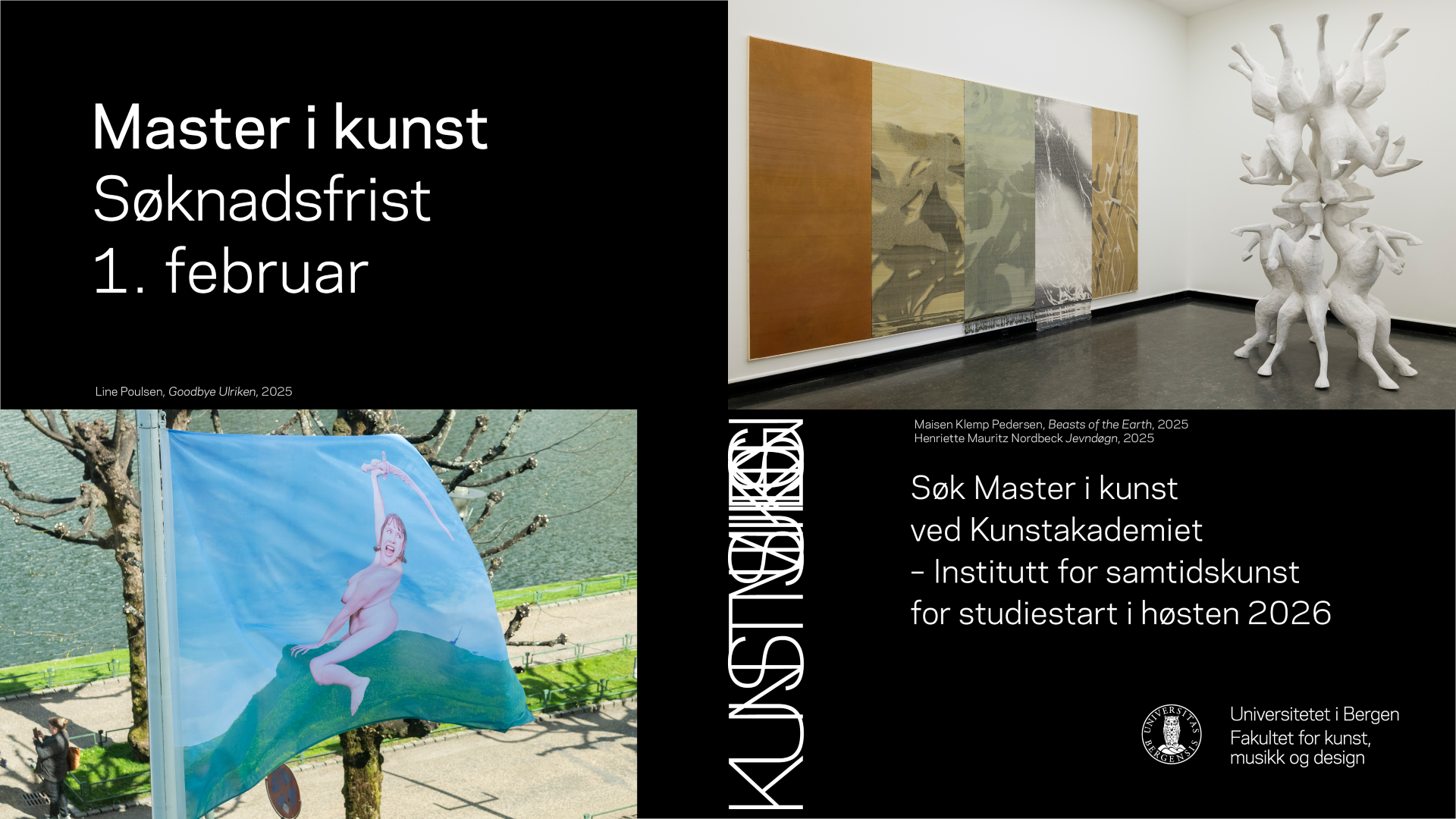
Faith Ringgold’s retrospective at Bildmuseet in Umeå is the first major survey of her work in Europe, and as far as I know, it is also her first solo presentation in Sweden. The exhibition was first produced by the Serpentine Galleries in London and attempts to cover half a century of a career which began in New York in the 1950s.
In recent years, a debate and reconsideration of Black art has begun within the art world. These issues have become increasingly topical with this summer’s racist murders, mass protests, and the Black Lives Matter movement. Galleries and institutions have basically competed to be first with diversity plans, amended acquisition strategies, and symbolic manoeuvres, such as The British Museum this summer moving the bust of the its slave-owning founder Sir Hans Sloane from prominent display. That this is all happening at a time when a renewed interest in Black art has led to a speculation war and new sales records for artists like Kerry James Marshall, Jean-Michel Basquiat, and Barkley L. Hendricks begs the question of how genuine this interest in the conditions for Black artists actually is. Would we have seen these efforts if it hadn’t been for economic interests or fear of public backlash?
It is certainly a good thing that underappreciated artists such as Sam Gilliam and Romare Bearden now are receiving the recognition they deserve, yet the praise still leaves a bitter aftertaste. Where is the dignity or reason in Frank Bowling only being granted a retrospective in the UK at the age of 85 (Tate Britain, 2019)? And when it does happen, it becomes clear that the unfair treatment is not a thing of the past, as suggested by Turner Prize Winner Oscar Murillo when he called out Tate Britain for its tokenism and ridiculous efforts to correct an already embarrassing situation.

My reservations are similar here. The exhibition in Umeå does not sufficiently situate or intellectualise Ringgold’s work. I would have liked to see a deeper contextualisation of her practice. This is no run-of-the-mill artist, she is an actual pioneer. It’s simply too little, too late. And the Swedish squeamishness when it comes to any kind of intellectual discussion of racism is all too evident in the wall text. While the English text is clear and clean, in the Swedish version, Black people are sometimes described as “coloured,” and Ringgold’s activism is partly pacified into an issue of “prejudice.” When Black Lives Matter protests are taking place all over the United States (a country on the brink of god knows what), and people all over the word coming out of their quarantines to protest anti-Black racism, when the US government is kidnapping protesters and responding to the demonstrations with military violence, it just feels too lame that the museum booklet suggests: “In a society where bias and preconceived notions about other people are still prevalent, Faith Ringgold’s work is continually relevant.” To read that next to Ringgold’s enormous quilt painting American Collection #1: We Came to America (1997) in which enslaved Africans are drowning and screaming in despair, in which a slave ship is burning on the horizon, makes my stomach turn. Surely, it wasn’t ‘preconceived notions’ that lead to some fifteen million Africans being enslaved during the transatlantic slave trade, which laid the foundation for modern capitalism?
What Faith Ringgold’s work shows is, on the contrary, that racism is not simply a matter of common prejudice. In a work like United States of Attica (1971–72) she creates a whole cartography of executions, lynchings, riots, and forced displacements. And in the painting American People #19: US Postage Stamp Commemorating the Advent of Black Power (1967), in which the black faces corresponding to ten percent of the population contrast against the white faces, the white lines form the words ‘White Power’, and the black ones, ‘Black Power’. In these works, Ringgold is not pointing to single individuals; she is indicating how the whole of American society is constituted as a racist system based upon white supremacy.

Ringgold was one of the organisers of the exhibition The Peoples Flag Show in New York in 1970, and the American flag recurs throughout the presentation at Bildmuseet, in the posters from that exhibition, as well as in the large quilt The American Collection #6: The Flag is Bleeding#2 (1997). Bleeding, sometimes cut-up, the American flag appears as the ultimate symbol of the nation’s hypocrisy: freedom built upon slavery.
Throughout her practice, blackness emerges as essential for America – for whiteness, for freedom – just as it became a prerequisite for modernism. Ringgold keeps coming back to this explicitly. For example, she inserts herself as one of the greats of the Western art historical canon, she gives alternatives, points to openings. Simply put, her art talks back.
This is where I would have liked to have seen a deeper discussion on how she was always both actively using and relating to, turning against and questioning, the European canon, and the Black woman’s position within it. Her art is full of references: Turner’s burning ship; Picasso’s Guernica; the modernist enthusiasm for African ‘primitivism’, which became so decisive. And several artists can literally be found in her oeuvre. We find inserted into the works, for example, portraits of Matisse and Van Gogh. In the English exhibition catalogue, there is a generous text written by Ringgold’s daughter and sometime collaborator, the author Michele Wallace. It discusses the significance of Paris and the series of works The French Collection in Ringgold’s practice, something which, unfortunately, emphasises the absence of these works in the Umeå show.

The space in the large exhibition hall is separated by an X, the same X as in Ringgold’s stamp painting. The works are sorted according to material and sometimes subject matter. Including her soft sculptures would have contributed to a more comprehensive idea of her practice, but it is nice to see her Tankas, inspired by traditional Tibetan painting. These can be read as a kind of prelude to the quilts that were to become her trademark and which are also the main draw of this exhibition. In these works, Ringgold’s narrative pictorial work meets a craft tradition which she inherited from her mother, who in turn inherited it from her mother, and which is an important feature of African American culture.
In the quilt Who’s Afraid of Aunt Jemima (1983), the figure of Jemima is transformed from a racist mammy caricature into a real person. By including Jemima’s family tree and history, the work humanises her, and places her in the centre. This is perhaps the most affecting aspect of her work. Ringgold manages through her art to tell the Black woman’s life story: she is the one carrying on the struggle, in everything from care to activist struggle; she liberates the enslaved, frees Angela Davis. In Ringgold’s quilts, form and content merge. Blackness in contrasted in its extremes: hopelessness and suffering are held up against the strength, self worth, hope, and humanity that we are so often denied. Despite my misgivings, this is a great and moving exhibition, equal parts current dystopia and utopian escape hatch. In an op-ed about Black Lives Matter in the Swedish weekly Flamman, the poet and critic Judith Kiros recently urged us to “love our survival.” It is as if Ringgold’s work is predicated upon this ostensibly simple, yet so difficult conviction.









